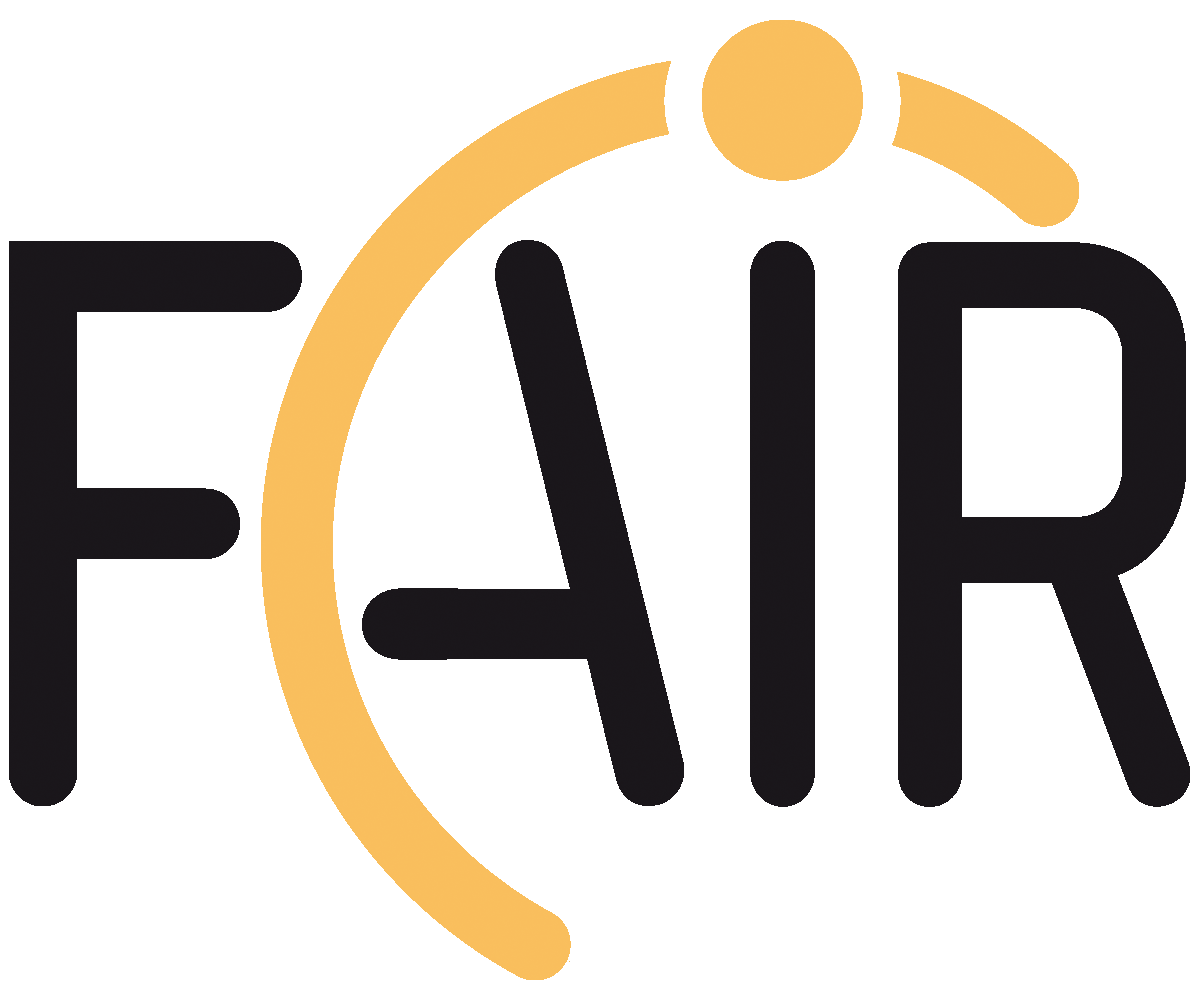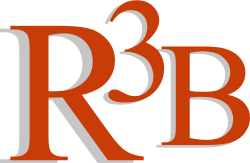| Institute of Atomic Physics | FAIR-RO Programme |
 |
|
||||||||||||||||||||||||||
The 'DeMaND' project is conducted under the supervision of the Institute of Atomic Physics and is financed through the 5th Programme - Research in domains of strategic interest, Subprogramme 5.2 - Participation to international organisms and programs in atomic and subatomic field - FAIR-RO Module
Main objectives
The scientific objectives of this research, which are in close correspondence with the current involvements of our group in R3B experiment, are:
- development of an algorithm based on machine learning and neural networks for high energy neutron reconstruction in NeuLAND detector together with quality assessment of this algorithm to improve current reconstruction algorithms;
- construct optimally automated and self-learning analysis methods of reconstruction chain based on test experiments of NeuLAND detector.
Specific objectives
The core objective of this project is to improve understanding of data from test experiments or Monte Carlo simulations involving NeuLAND Detector by exploiting as fully as possible all useful data in the scientific analysis. For this we will apply data mining methods and modern workflow engines, and develop software algorithms, which will speed up the scientific analysis of data from several detectors and experimental set-ups at a time. This will also enable and speed up resolving previously unknown effects that cause anomalies in the data and can mislead the interpretation of the results, and can also cause mismatch in the results from different experiments.
The goals proposed here can be achived using the experience we gained over the years by our involvement in R3B experiment, especially NeuLAND, and it is driven by our competitiveness achived in a previous project where we developed a neutron reconstruction algorithm based on a classical approach.
To complete the first objective of this project, the algorithm based on machine learning, we will have to asses first the existing methods of an machine learning, put them to work in combination with a simulation program to decide which is more suitable for our needs and finnaly to extract the information which can be cross-compared with results obtained by the old NeuLAND reconstruction algorithms in order to establish if this is a viable alternative and how can it improve the data analysis. Simulations of neutron interactions in NeuLAND provide a more detailed description of the interactions in the detector and creates the possibility to evaluate different algorithms, compare the results and devising better reconstruction routines. The neutron recognition algorithm is fed information on all registered interactions in the neutron detector, like positions, times and deposited energies. With this information the algorithm should be able to estimate the number of neutrons that have interacted with the detector and calculates the four vectors for those incoming neutrons. Thus, the reconstruction algorithm will be based on neutron inelastic interaction space points in detector obtained from the simulations codes. The machine learning algorithm of neutron reconstruction represents an innovative and challenging method to be touch during the project. At the end, we will perform dedicate quality assessment of the algorithm, taking into account that an efficiency larger than 90% in case of one-neutron event or larger than 62% in case of four-neutrons events is expected.
Constructing optimally automated and self-learning analysis methods for NeuLAND data comes naturally by using Monte-Carlo applications like Geant4 and Fluka. Actually, these codes were used intensively in our previous tasks within R3B, as standalone tools or included in a complex framework (R3BRoot) which gives us confidence to approach such a topic. The goal here is to develop an automated and self learning process which will tackle all the chain of reconstruction process of NeuLAND data from raw experimental data (raw data -> unpacking -> mapping -> calibration -> detector hits -> reconstruction -> analysis) or from simulations (event generation -> MC transport -> digitization -> detector hits -> reconstruction -> analysis). All the physics analysis chain will be integrated in R3BRoot framework and will be available through graphical interface of the framework mentioned above.
In addition, for all goals, a comprehensive in-code Doxygen documentation [4] is required since this is one of the major drawbacks in the current code development world wide.
[1] I. Abt et al., Nuclear Instruments and Methods in Physics Research A 490 (2002) 546-558
[2] P. Pawlowski et al., Nuclear Instruments and Methods in Physics Research A 694 (2012) 47-54
[3] R3BRoot Source Directory
[4] Doxygen - generate documentation from source code
The goals proposed here can be achived using the experience we gained over the years by our involvement in R3B experiment, especially NeuLAND, and it is driven by our competitiveness achived in a previous project where we developed a neutron reconstruction algorithm based on a classical approach.
To complete the first objective of this project, the algorithm based on machine learning, we will have to asses first the existing methods of an machine learning, put them to work in combination with a simulation program to decide which is more suitable for our needs and finnaly to extract the information which can be cross-compared with results obtained by the old NeuLAND reconstruction algorithms in order to establish if this is a viable alternative and how can it improve the data analysis. Simulations of neutron interactions in NeuLAND provide a more detailed description of the interactions in the detector and creates the possibility to evaluate different algorithms, compare the results and devising better reconstruction routines. The neutron recognition algorithm is fed information on all registered interactions in the neutron detector, like positions, times and deposited energies. With this information the algorithm should be able to estimate the number of neutrons that have interacted with the detector and calculates the four vectors for those incoming neutrons. Thus, the reconstruction algorithm will be based on neutron inelastic interaction space points in detector obtained from the simulations codes. The machine learning algorithm of neutron reconstruction represents an innovative and challenging method to be touch during the project. At the end, we will perform dedicate quality assessment of the algorithm, taking into account that an efficiency larger than 90% in case of one-neutron event or larger than 62% in case of four-neutrons events is expected.
Constructing optimally automated and self-learning analysis methods for NeuLAND data comes naturally by using Monte-Carlo applications like Geant4 and Fluka. Actually, these codes were used intensively in our previous tasks within R3B, as standalone tools or included in a complex framework (R3BRoot) which gives us confidence to approach such a topic. The goal here is to develop an automated and self learning process which will tackle all the chain of reconstruction process of NeuLAND data from raw experimental data (raw data -> unpacking -> mapping -> calibration -> detector hits -> reconstruction -> analysis) or from simulations (event generation -> MC transport -> digitization -> detector hits -> reconstruction -> analysis). All the physics analysis chain will be integrated in R3BRoot framework and will be available through graphical interface of the framework mentioned above.
In addition, for all goals, a comprehensive in-code Doxygen documentation [4] is required since this is one of the major drawbacks in the current code development world wide.
[1] I. Abt et al., Nuclear Instruments and Methods in Physics Research A 490 (2002) 546-558
[2] P. Pawlowski et al., Nuclear Instruments and Methods in Physics Research A 694 (2012) 47-54
[3] R3BRoot Source Directory
[4] Doxygen - generate documentation from source code
News
- January 29, 2021
Modification to list of personnel ... - December 20, 2020
Annual Summary Document for 2020 ... - December 5, 2020
First stage completed ... - November 11, 2020
Project DeMAND has started ...
Past Events
- June 21 - July 11, 2017
Experiments at Riken, Japan ... - March 7-9, 2017
2nd R3BRoot Development Workshop, GSI-Darmstadt, Germany ... - November 14-18, 2016
Geant4 Tutorial in IFIN-HH, MÄgurele, Romania ... - October 23-28, 2016
The IV International Geant4 School, Belgrade, Serbia ... - September 18-23, 2016
R3B Collaboration Meeting, Gatchina, Russia ...
Collaboration Links






 International Facility for Antiproton and Ion Research
International Facility for Antiproton and Ion Research  The Nuclear Structure, Astrophysics and Reactions collaboration
The Nuclear Structure, Astrophysics and Reactions collaboration  Reactions with Relativistic Radioactive Beams experiment
Reactions with Relativistic Radioactive Beams experiment  NeuLAND - the new Large-Area Neutron Detector
NeuLAND - the new Large-Area Neutron Detector  R3BRoot - Simulations and Data Analysis for R3B Collaboration
R3BRoot - Simulations and Data Analysis for R3B Collaboration 